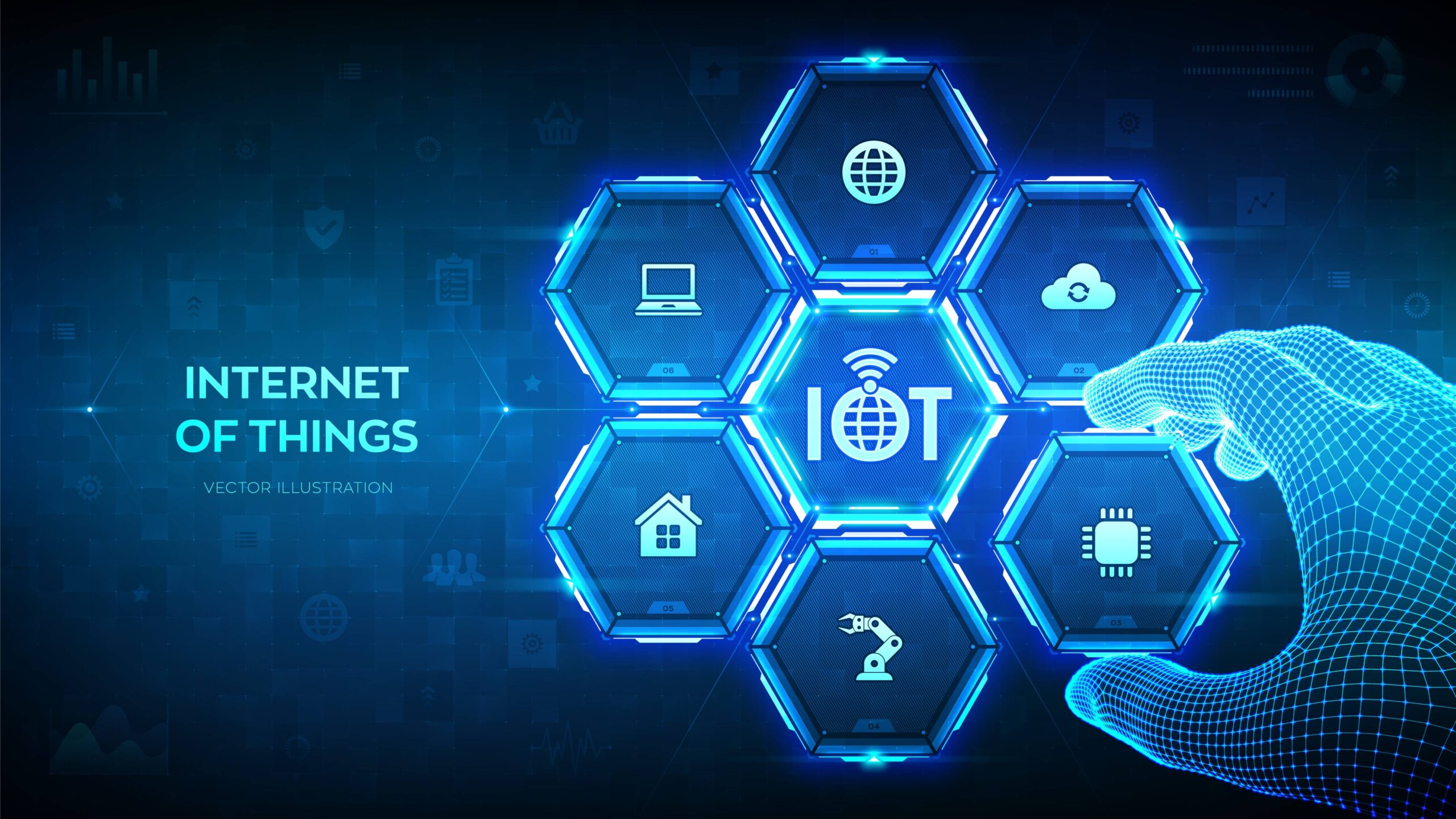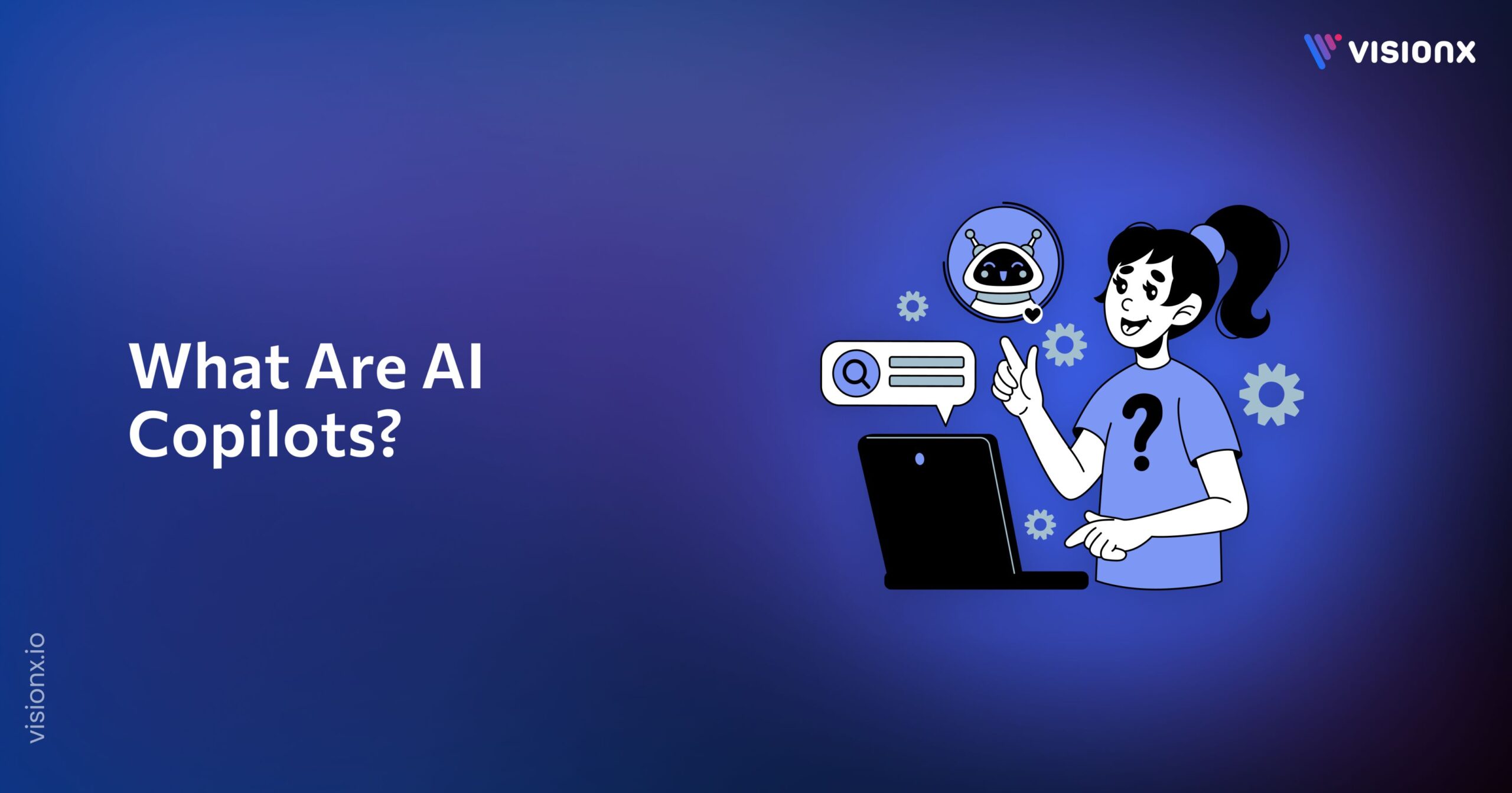The Internet of Things is changing how devices communicate and interact with data transfer across industries, from healthcare to smart cities. It provides real-time monitoring of devices, automation, and better decision-making by connecting ordinary devices over the internet.
Connectivity in IoT serves as the fundamental support structure for its operations and drives crucial progress in digital transformation. This capability allows devices to establish connections with other devices as well as cloud platforms and direct human interactions. Whether a smart thermostat automatically adjusts your home temperature or an industrial device transmits patient data, IoT connectivity makes this communication possible.
Network connectivity performance and scalability optimization enable IoT systems to provide better efficiency while lowering costs and improving user experience across multiple industries. This blog elaborates on critical concepts and technologies that make IoT integration effective.
What is IoT Connectivity?
IoT connectivity refers to the method and protocol of communication that IoT devices use to share data amongst themselves and with central servers and cloud platforms. This infrastructure ranges from local networks to high-speed wide-area networks (WAN) so that devices remain connected for data sharing and flawless task performance, either kept near each other or distributed across the globe.
Connectivity choices depend on many issues related to the area range of the network, power consumption by the device, bandwidth requirement, and the usage scenario. It would use Wi-Fi to cover a small distance while providing high-speed data in the smart home.
When applied in industrial IoT systems, the devices disposed over greater distances connect through low-power wide-area networks (LPWAN) like LoRaWA. The flexibility of IoT connectivity solutions allows it to reach smart cities, factories, and remote agricultural fields.
How Does it Work?
IoT device connectivity works through the combined operation of hardware, including sensors, actuators, and gateways, with software that includes protocols, cloud-based management platforms, and APIs.
-
Sensors and Actuators:
Sensors measure data from the environment, and sometimes actuators may actuate processes. For example, an IoT sensor monitors temperature while an actuator starts the HVAC systems by following that data.
-
Communication Protocols:
MQTT, along with CoAP and HTTP, are protocols that establish data transmission guidelines between different devices and servers.
-
Gateways:
These act as intermediary functions, translating data between the various devices, networks, and the cloud. Each gateway device collects data from devices locally and relays that to the cloud servers.
-
Cloud Platforms:
Connectivity hubs, such as AWS IoT or Microsoft Azure IoT Hub, will process the data for storage and analytics.
-
User Interaction:
The interactions with users can be performed through web applications or dashboards, which allow users to monitor and control their devices.
Types of IoT Connectivity Technologies
IoT uses several connectivity technologies, which again are driven by needs and requirements that include range, bandwidth, and power consumption. A few common IoT connectivity technologies can be used to connect an IoT device:
1. Wi-Fi:
Wi-Fi is a widely used, short-range, and wireless technology that offers high-speed access to the Internet, thus allowing local area networking among various devices. It’s used in homes and offices to connect IoT devices and enable mobile devices to use the Internet.
2. Bluetooth:
It is a low-range wireless technology used to transfer information between IoT devices and mobile devices over short distances. It specifically works within the 2.4 GHz frequency band, hence quite suitable for use in devices related to personal area networks, healthcare, security, home entertainment, and wireless beacons.
3. Cellular (3G/4G/5G):
Cellular networks allow wide-area coverage of IoT devices, which send packets of data using cell towers over a large distance. Cellular connectivity is pretty reliable and may provide access to the Internet almost everywhere. It is appropriate for applications such as remote sensors, industrial machines, and vehicle telematics.
4. LoRaWAN:
The networking protocol LoRaWAN connects battery-powered devices to networks that span regional to global scales. Its capabilities for extended distance communication, along with reduced power usage and minimal costs, make it ideal for IoT implementations across multiple fields, including agriculture, smart cities, and industrial IoT connectivity.
5. Zigbee:
Zigbee is a low-power, low-bandwidth mesh protocol whose devices relay data to one another in self-healing networks. It can be used for both home automation and building automation when a longer range or the ability to bypass obstacles needs to be provided.
6. NB-IoT:
NB-IoT is an LPWA cellular technology developed for a wide range of IoT devices and services, with increased system capacity, spectrum efficiency, and low power consumption, especially in deep coverage areas. NB-IoT fills the gap needed for applications requiring sending small pieces of data over long periods, such as smart meters and asset tracking.
IoT Connectivity Platforms
Most IoT platforms have frictionless integrations for IoT device connectivity and visualization tools to operate and scale IoT deployments. These providers ensure secure and reliable communication between devices while offering data processing, storage, and analytics features. Some of the popular IoT connectivity platforms are:
-
AWS IoT:
It’s a cloud platform for IoT that supports device management, data storage with analytics, and great security. It allows the development of a single smart home to be transformed into complex industrial automation.
-
Microsoft Azure IoT Hub:
This IoT platform offers device provisioning, security, data routing, and monitoring tools for large-scale IoT data analytics and is fully integrated into other Azure services. It is suitable for enterprises.
-
Google Cloud IoT:
It offers device management, secure communication, real-time data analytics, and the capability for powerful machine learning to enable sophisticated processing of data and, thus, automation.
-
IBM Watson IoT Platform:
This cloud-based platform primarily focuses on the integration of AI into IoT. Hence, this platform provides advanced analytics, real-time insight, and cognitive capabilities that help optimize performance in devices and decision-making.
-
Siemens MindSphere:
Siemens MindSphere is an integrated, industrial IoT-focused cloud-based platform that provides device integration, performance analytics, predictive maintenance, and many other features for manufacturing and industrial applications.
-
ThingWorx by PTC:
A multi-industry IoT platform with efficient features and functionalities that enable prompt ways to develop and deploy IoT applications. Core capabilities of this platform include Device Management, Data Analytics, AR Integration, and Digital Twin Technology.
-
Bosch IoT Suite:
This IoT connectivity platform covers device management, secure communication, and data analytics, thus generalizing its main use cases for IoT in automotive, industrial, and building technologies.
Why is selecting the right IoT Connectivity Technology important?
With so many connectivity options, finding the right IoT technology can be daunting. Some factors that greatly distinguish one technology from another are data transfer rate, power consumption, range, scalability, and latency requirements, all of which help an IoT solution be profitable. The wrong choice and technology could result in poor battery life, high operational costs, or limited range, which could result in many workplace inefficiencies.
Power consumption:
Long-life deployment devices, such as sensors in remote places, should use low-power technologies like Bluetooth and Zigbee.
Data transmission needs:
High-bandwidth technologies, such as 5G or Wi-Fi, should be better suited for real-time video transmission or complex data analysis.
Range:
Long-range connectivity using LoRaWAN or cellular options may benefit large-scale IoT solutions and dispersed applications, such as smart cities.
Scalability:
For applications requiring the connectivity of thousands of devices, scalable solutions like LPWAN or NB-IoT provide the best approach to handling large numbers of low-data devices efficiently.
Latency Requirements:
Applications such as autonomous vehicles or industrial robotics require instant responses, and thus, they need low-latency technologies like 5G to enable real-time communication.
IoT Connectivity Comparison
This table shows the various IoT connectivity possibilities, allowing you to choose the technology that best meets your unique IoT requirements.
| Technology | Range | Power Consumption | Bandwidth | Best Use Case |
| Wi-Fi | Short (up to 100 m) | High | High | Smart homes, high-speed data |
| Bluetooth | Short (up to 10m) | Low | Low | Wearables, medical devices |
| Cellular | Wide (up to 10km) | Medium/High | High | Vehicle telematics, smart cities |
| LoRaWAN | Long (up to 15km) | Low | Low | Agriculture, industrial IoT |
| Zigbee | Short (up to 100m) | Low | Low | Home automation |
| NB-IoT | Wide (up to 10km) | Low | Low | Remote sensors |
How can you control an IoT-connected smart device?
IoT-enabled Smart devices can be controlled through several interfaces. Following are some of the most in-use interfaces:
- Mobile Apps: Applications offer real-time methods of controlling and monitoring devices. Examples are smart homes where mobile apps can control lights on/off or adjust thermostats remotely.
- Voice Assistants: Devices integrated with Amazon Alexa and Google Assistant allow for voice-controlled interaction, thus making the usage of IoT devices quite convenient.
- Dashboards and Web Apps: Through dashboards, companies can gain a more thorough understanding of the status of devices, alerts, and options for control.
Controls that operate over secure channels, like HTTPS or MQTT, are, therefore, quite dependable and safe in sending out commands to devices.
Wrapping Up
IoT connectivity is the foundation for any successful IoT deployment. It allows devices to share information and function optimally. From smart homes to an enterprise of large-scale industrial processes, it gives real-time monitoring, automation, and decision-making through a seamless data exchange.
Understanding the various connectivity technologies, their selection for the intended application, and the use of appropriate platforms are the major deciding aspects for any IoT solution’s performance, cost, and scalability. In addition, security and reliability are the two most important aspects, as robust connectivity ensures sensitive data is passed securely and devices operate without any disruption.
Therefore, the high-speed development of connectivity technologies such as 5G, Narrowband IoT, and edge computing opens up an even more connected, responsive, efficient, complex application-driven future for creating more innovative ecosystems by the IoT.
FAQs
What does “IoT connected” mean?
A: “IoT connected” refers to devices that operate together using wired or wireless connections to facilitate uninterrupted data transfer alongside automation and remote operation capabilities.
What Are the Biggest Challenges in IoT Connectivity?
A: IoT connectivity faces network reliability problems, cybersecurity threats to protect user data, privacy risks regarding collected information, technology integration challenges, and growth capacity limitations.
How to Get Good IoT Connectivity?
A: Businesses must choose appropriate network technology and optimize signal strength while implementing strong security measures to enable flawless device integration for effective IoT connectivity.
What is the future of IoT?
A: IoT connectivity advances through 5G technology alongside edge computing developments, AI automation capabilities, and security protocol enhancements will result in more effective and expandable IoT systems.


